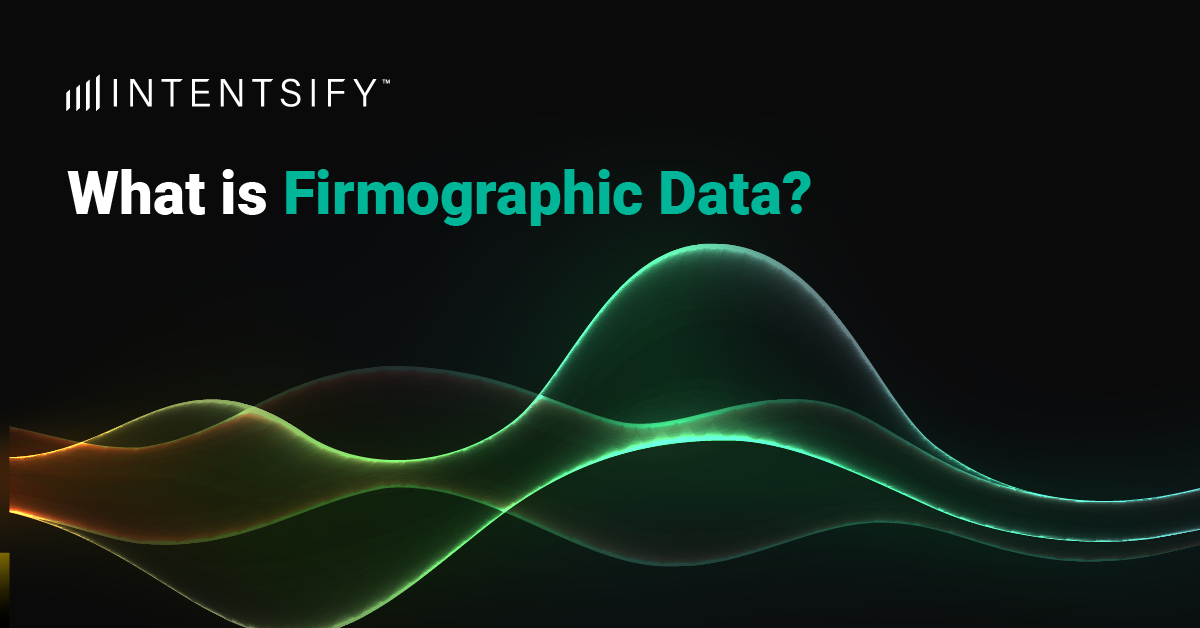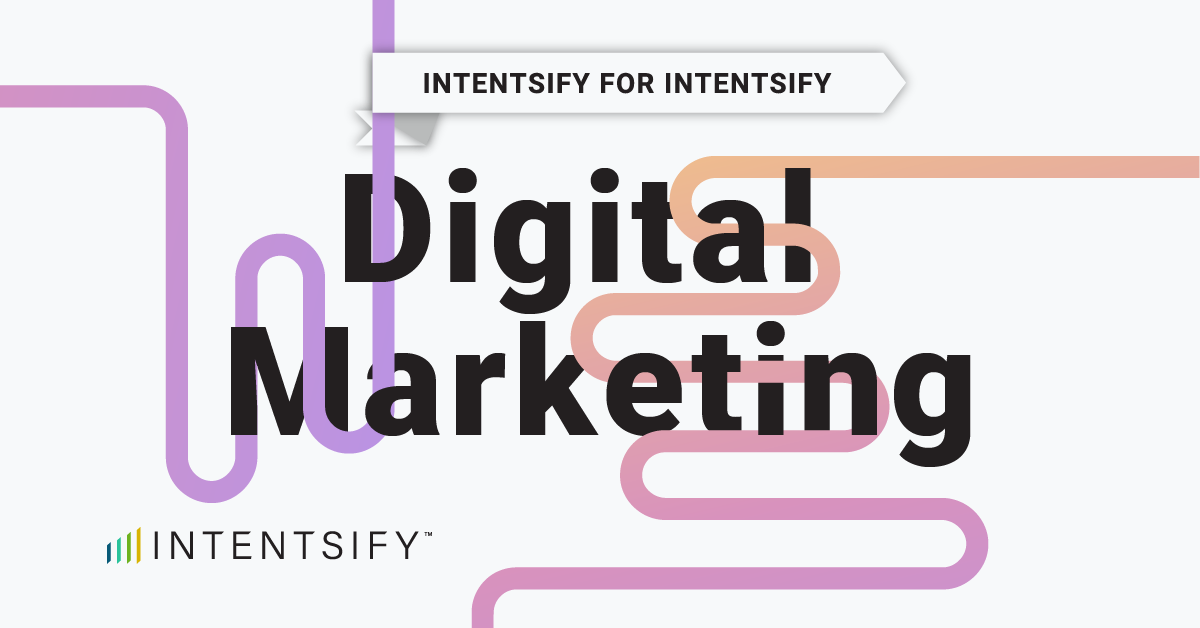The advent of new technologies and increased competition have made B2B marketing more challenging than ever. Not only are B2B customers saturated with more content, but they also have more options to choose from. Getting their attention, therefore, is proving increasingly harder. In fact, the latest State of the Marketing Report by HubSpot lists lack of customer understanding and low-quality data among the top five challenges B2B marketers face.
In this context, high-quality data is paramount. Good data can help marketers allocate their marketing budget to the right avenues and develop the right content so that they target the right audience in the right way. Quality firmographic data can offer details on company size, financial performance and the industries your prospects operate in—all key information that can be used to tailor your marketing.
That said, what exactly is firmographic data and where can one get it from?
Firmographic 101: Understanding your B2B Audience
Just like demographic data helps B2C marketers understand their consumers, firmographic data helps B2B marketers understand the businesses they’re targeting. This type of data can be used to segment the audience by industry, size or location and help marketers be far more targeted in their marketing efforts.
Unlike demographic data which looks at things like age, gender and buying behavior of individual consumers, firmographic data delves deeper into the characteristics of B2B prospects. Here are some of the key information you can find in firmographic data:
- Industry type: what industry does the lead operate in?
- Company size: this is often measured by the number of employees or annual revenue and it can help categorize businesses as small, medium, or large.
- Location: where is the business based? What regions do they operate in?
- Growth stage: are they early-stage, scale-up or large enterprise?
- Technology stack: the technology used by the company to understand its tech maturity.
- Ownership structure: Information about whether the company is publicly traded, privately held, or a subsidiary of a larger corporation.
There are many other data points B2B marketers can collect depending on their product, industry and goals. Having this information at their fingertips can help them be much more strategic in how they talk to their audience and, therefore, elicit a better response rate. For instance, they can have one campaign for large corporates who may be slow to adopt new technologies and a completely different campaign for small and nimble businesses who’re hungry for growth.
The Power of Segmentation: Leveraging Firmographics for Targeted Marketing
Firmographic segmentation can be done in many different ways provided that the data you have is of high quality. Here are some benefits firmographic data can offer:
- Identify and target high-value customer segments: for instance, you can segment your leads by revenue and location to identify quality prospects in a specific region or you can split them by industry and growth stage to target smaller businesses which may have a shorter sales cycle.
- Develop relevant, personalized content: not all B2B clients will have the same pain points. If we follow the example from above, large corporations will have different needs and a bigger decision-making unit than a scale-up. This needs to be reflected in how you communicate and what problems you address in your messaging.
- Improve engagement and ROI: personalization is key in winning new business. Firmographic data can help you create content that resonates with your leads as every message you deliver can reflect your deep understanding of their challenges.
Ultimately, firmographic data can help you identify which leads fit your ideal customer profile (ICP) so you can better prioritize your efforts. Likewise, looking at past performance you can see which firmographic attributes had led to a better engagement rate and decide to put your efforts on similar prospects.
Once you have your audience segmented, you can work to customize the various channels your audience can find you through:
- Website content and landing pages: landing pages have one of the highest conversion rates (23%) when it comes to sign ups. You can use firmographic data to tailor these per industry or company profiles to maximize your results.
- Targeted email campaigns: segmented emails drive 30% more opens and 50% more clickthrough than one-size-fits-all emails. Firmographic data can help you be strategic about what you say and when you say it for the best possible outcomes;
- Targeted social media ads: firmographic data can narrow down your audience in social media ads and reduce your ad spend while increasing conversions;
Getting Started with Firmographic Data
Firmographic data is a powerful tool for connecting with your audience and building trust. However, acquiring high quality firmographic data can take time. Here are some ways in which you can collect and enrich your firmographic data:
- Internal Data (CRM)
First, take a look at the existing data you already have inhouse. Are you making full use of it? Are there data fields which you haven’t taken into account when designing your marketing campaigns? When looking at this data, think about what other data points could be useful which you can add to your CRM over time.
- Annual Reports
Public companies publish detailed financial and operational information in their annual reports which you can use to better understand your audience. Here you can find information on their financial performance, projections and any upcoming mergers or acquisitions.
- Market Research Reports
Market research firms conduct studies and compile reports on different industries, offering insights into market size, trends, and competitive landscapes. While these may cost you some money, they can be invaluable in getting data that may otherwise not be available.
- Business Directories
There are many business directories like LinkedIn and D&B Hoovers where you can find detailed information on the company size, the industries they operate in, their annual growth rate and even their ESG ranking. Use these to fill in the gaps in your existing data and identify new data points which can be useful in the future.
- Data Partners
Data providers and marketing service vendors, like Intentsify, offer a comprehensive and robust identity graph that enhances your data access across intent data, contact data, firmographic data, digital data, and technographic data. With this level of precision, B2B marketers can ensure marketing programs are optimized and targeted for the best results.
Next Steps
Doing B2B marketing right takes time. While audience segmentation and personalization can be a winning formula for driving engagement, both hinge on rich data that can tell marketers who to target, when and how.
Firmographic data can give B2B marketers the edge by giving them the confidence that they’re reaching the right audience with the right message. That said, you don’t have to wait to have a full database of firmographics in order to get started. Take a look at what you already have and start from there. Then identify what other data points are missing and gradually build that up until you have a comprehensive database that can inform all your marketing efforts moving forward.







